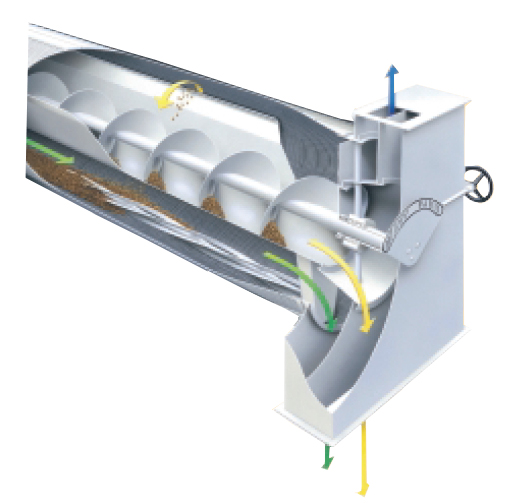In winter, the temperature is low, the sunshine is short, and the green feed is scarce, which brings a lot of inconvenience to rabbits. In order to ensure that the rabbits can live through winter, farmers need to do a good job of feeding and management that focuses on preventing cold and keeping warm.
Cold and warm
The window should be equipped with glass or nailed with a film, and a straw or cotton curtain should be hung on the door to prevent the cold wind from invading the rabbit house so that the temperature in the house can be maintained at 5-10°C or more; the thickness of the grass be properly increased and the bedding should be frequently turned over. , replacement; keep the rabbit house dry and comfortable, if necessary, sprinkle some ash or lime moisture, moisture, disinfection.
Adjusted diet
In winter, the temperature is low, and rabbits should generally increase their dietary supply by 20-30%. In particular, they should appropriately increase some high-energy feeds and feeds rich in vitamins such as green leaves and carrots. The amount of green feed should not be lower than 30%. The winter nights are cold and the time is long. In order for the rabbits to receive more energy, the number of feedings and feedings should also be appropriately increased, and feed should be added once a night at 8-9.
Adequate drinking water
In the winter, fresh forage grasses are few and there are many dry materials. It is necessary to pay attention to the supply of warm drinking water to prevent dry feed from affecting digestion, resulting in decreased appetite in rabbits, constipation or Other digestive diseases.
Proper exercise
At noon on sunny days, the rabbits were placed in a dry place or small yard with a fence and direct sunlight for 0.5 to 1 hour to enhance their physical fitness and promote the synthesis of vitamin d in the body. When groups are released, fights and bites should be prevented. Racks and bites.
Do a good job of winter
The reproduction of rabbits has no obvious seasonality, the winter temperature is low and stable, the air is dry, the activity of some pathogenic microorganisms is inhibited, rabbit disease is relatively reduced, and the survival rate of puppies is high. Rabbits can also breed in winter as long as they are properly managed. Rabbits in winter and winter breeds, whether male or female, should maintain medium sensation. Male rabbits should be kept in an environment where the temperature is not lower than 10°C. Breeding should be done at noon without sunshine. Rabbits should try to feed some green feed, germinating barley, or add vitamin e to feed to promote estrus. In order to improve the survival rate of puppies, they can be raised in plastic greenhouses, semi-underground rabbit houses, and indoors, and breeding methods such as maternal separation can be used. Before weaning, the pups should be kept in a greenhouse at about 20°C, and the litter box can be cleaned and dried.
Timely shearing
When long-haired rabbit hair reaches a standard, it should choose sunny weather shearing. Generally only long hair is adopted, short hairs are kept, and abdominal hairs are less used. After shearing, care should be taken to keep it warm and cold to prevent the rabbit from catching a cold.
Prevention and control of disease
The incidence of bacterial disease in winter rabbits is low, but parasite diseases and viral diseases are prone to occur. Pay attention to frequent cleaning of rabbit houses, cleaning of food bowls, keeping cages, utensils, and house cleanliness; often add some garlic or chili powder to feed, and feed frozen feed. Rabbits are prone to frostbite in the winter and can apply some animal and vegetable oils to the frostbite. When the local skin irritation is more serious, you can apply some iodine glycerol; if vesicles have appeared, you can use a sterile knife or needle to tear the skin out of the skin, discharge the liquid, and then apply some antibiotic ointment, if necessary The wound can be bandaged to prevent infection.
Indented cylinder separator is used for length grading of all granular materials, such as wheat, oat, maize, rice, fine seeds, lentils, sticks from sunflower or sugar beet, plastic particles, etc., as well as for the extraction of unwanted short or long admixtures.
Through the inlet housing, the granular material to be graded flows into the interior of the rotating cylinder, whose cover is equipped with special deep-drawn teardrop or spherical-shaped pockets for the most precise length separation. The rotating speed, rotating direction and the size of the dimple will be decided by size and impurities in different processing materials.
ADVANTAGES
Wide application
Changeable cylinders meet different materials
Easy operation and maintenance
Connection combination available



Indented Cylinder
Indented Cylinder,Rice Paddy Grader,Seed Length Grader,Rice Grading Machine
SHIJIAZHUANG SYNMEC INTERNATIONAL TRADING LIMITED , https://www.seedgraincleaner.com